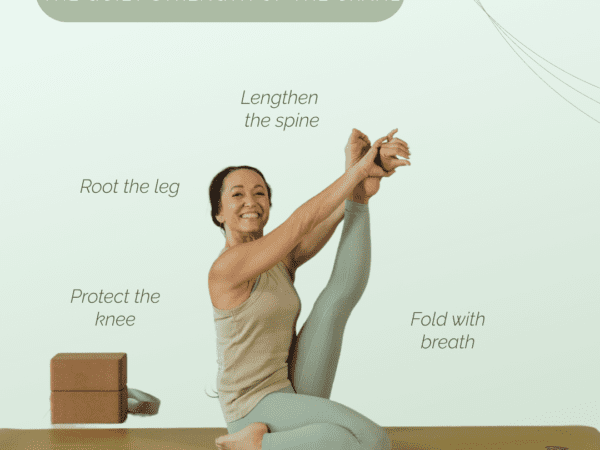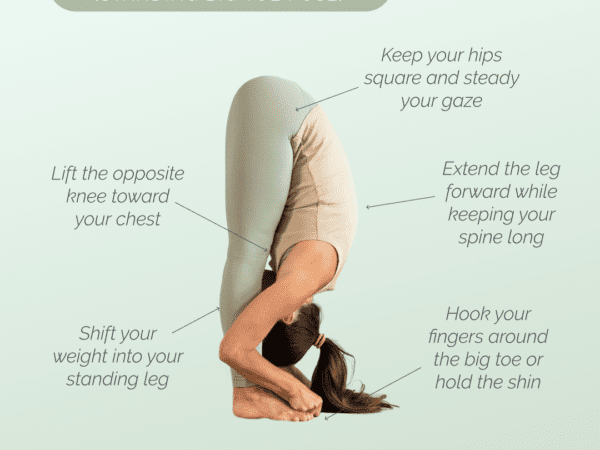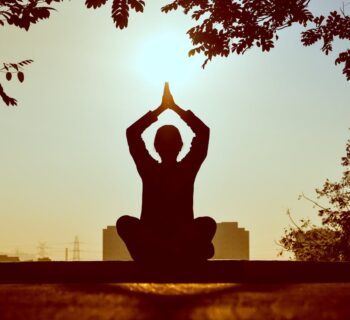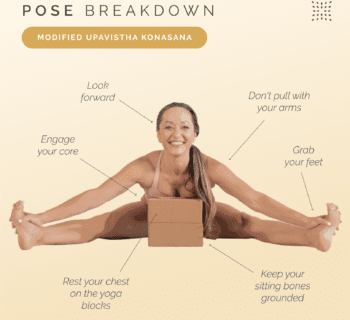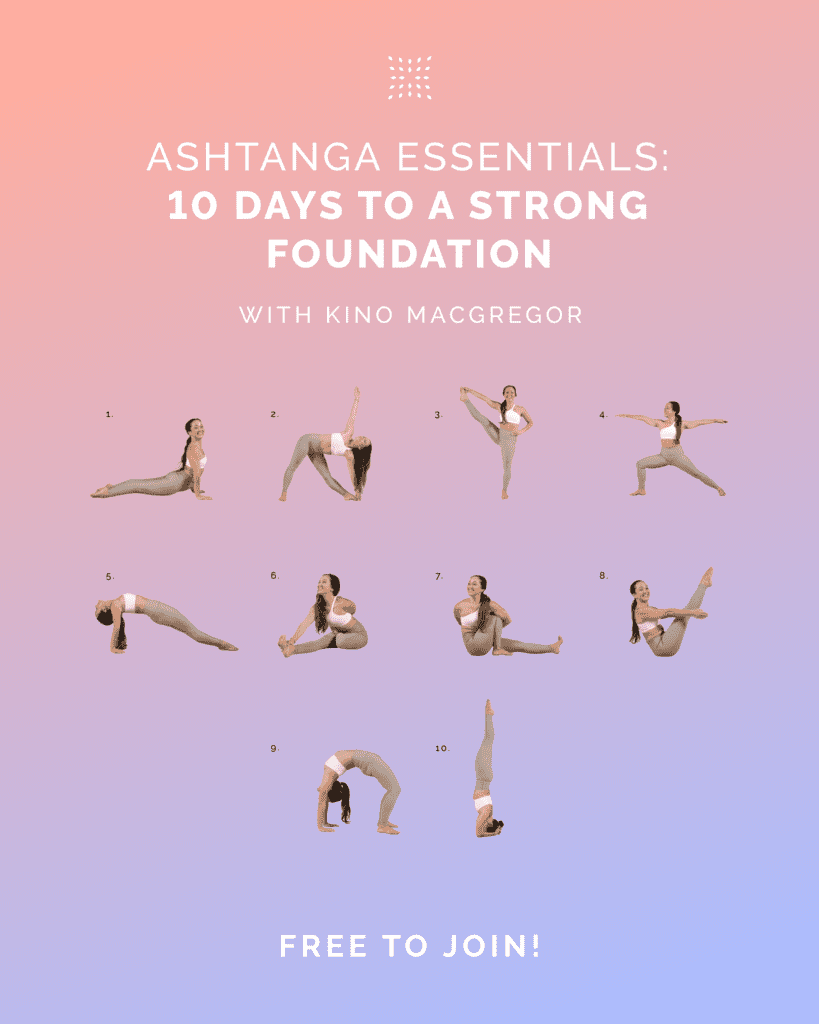Yoga is a fantastic way to improve flexibility, build strength, and reduce stress. Modified happy baby pose, also known as ananda balasana, is a popular yoga pose that is great for beginners. This pose is one of the variations of the traditional happy baby pose, making it less intense and easier to perform. Modified happy baby pose is an excellent way to stretch the hips, hamstrings, and lower back while also promoting relaxation. Making modifications to traditional poses can help make them more accessible to people at any point on their yoga journey. The modification of this specific pose transforms it into more of a restorative pose that can be used in calming yoga sequences. In this guide, we will show you how to do the pose, highlight its benefits and contraindications, and provide some tips and tricks to help you get the most out of this posture.
What are the benefits of modified happy baby pose?
Modified happy baby pose is a variation of the traditional happy baby pose and offers several benefits for the body. Here are some of the benefits of modified happy baby pose:
1. Stretches the hips: Modified happy baby pose targets the hip joints, which can become tight due to prolonged sitting or standing. This pose helps to stretch the hip flexors, outer hips, and thighs, improving flexibility and mobility in the hip area.
2. Relieves stress and tension: Happy baby pose, in general, is a great stress-relieving pose. Modified happy baby pose helps to relieve tension in the lower back, hips, glutes, and pelvis, which can accumulate from sitting or standing for extended periods.
3. Calms the mind: This pose can help to calm the mind and reduce anxiety, making it an excellent pose to practice before bed or during times of high stress.
It is essential to listen to your body and modify the pose as needed to avoid any discomfort or pain. Always consult with a certified yoga instructor before practicing yoga, especially if you have any pre-existing medical conditions or injuries.
Contraindications for modified happy baby pose
1. Knee injuries: If you have any knee injuries or pain, it is best to avoid this pose or practice it with caution. Make sure to support your knees with a blanket or cushion to prevent any discomfort or strain.
2. Hip injuries: If you have any hip injuries or pain, you should avoid this pose or practice it under the guidance of a qualified yoga teacher. Be gentle and avoid any movements that cause pain or discomfort.
3. Lower back injuries: If you have any lower back injuries or pain, it is best to avoid this pose or do it with caution. You can support your lower back with a cushion or blanket to prevent any strain or discomfort.
4. Pregnancy: If you are pregnant, it is best to avoid this pose or modify it to suit your needs. You can use props such as blocks or cushions to support your body and avoid any pressure on your belly.
5. High blood pressure: If you have high blood pressure, it is best to avoid this pose or practice it under the guidance of a qualified yoga teacher. Avoid any movements that cause strain or discomfort, and be aware of your breath and any sensations in your body.
How to do modified happy baby pose
Now that we have covered the benefits and contraindications of modified happy baby pose, let’s dive into how to do it properly. You’ll need a chair to do this pose.
Start by lying on your back in front of the chair.
Put your feet up on the seat of the chair and turn your toes out, externally rotating your hips. Your hips are bent at a 90-degree angle.
Keep your tailbone on the ground.
Use your hands to support your thighs.
Breathe deeply and relax in this pose.
Remember to always listen to your body and modify the pose as needed. If you experience any pain or discomfort, come out of the pose and seek guidance from a qualified yoga teacher. With practice, modified happy baby pose can become a soothing and beneficial addition to your yoga practice.
If you want more guidance on your yoga journey, start an Omstars membership for access to thousands of yoga classes.



